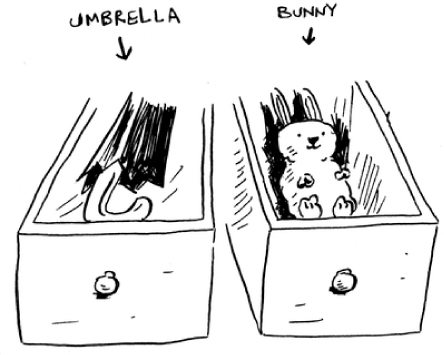chapter two
Chapter 2. Selection Sort

In this chapter
- You learn about arrays and linked lists—two of the most basic data structures. They’re used absolutely everywhere. You already used arrays in chapter 1, and you’ll use them in almost every chapter in this book. Arrays are a crucial topic, so pay attention! But sometimes it’s better to use a linked list instead of an array. This chapter explains the pros and cons of both so you can decide which one is right for your algorithm.
- You learn your first sorting algorithm. A lot of algorithms only work if your data is sorted. Remember binary search? You can run binary search only on a sorted list of elements. This chapter teaches you selection sort. Most languages have a sorting algorithm built in, so you’ll rarely need to write your own version from scratch. But selection sort is a stepping stone to quicksort, which I’ll cover in the next chapter. Quicksort is an important algorithm, and it will be easier to understand if you know one sorting algorithm already.
What you need to know
To understand the performance analysis bits in this chapter, you need to know Big O notation and logarithms. If you don’t know those, I suggest you go back and read chapter 1. Big O notation will be used throughout the rest of the book.
Imagine you go to a show and need to check your things. A chest of drawers is available.

Each drawer can hold one element. You want to store two things, so you ask for two drawers.

You store your two things here.
